Smart Prospecting – Why Inbound Marketing is important for Business Owners.
Contributors:
Amol Ghemud
Published: August 14, 2018

First of all let us understand what is Prospecting? Prospecting – Involves locating and qualifying the individuals or businesses that have a potential to buy a product.- A person or business that might be a prospect is a lead.
The search for potential customers or buyers
What is Smart prospecting ?
Smart prospecting is the way toward calling possibly qualified leads, empowering your chances of getting more conversions. The simplest approach to be fruitful at prospecting is to consider what you are doing and why you are doing it.
To figure out how to smart prospect for your organization you should ask yourself a couple of questions:
- What is an ideal lead and fit for what we sell?
- Why is that an ideal lead?
- How do we help them?
- What do we help them with?
- Why would they need our help?
- Would they maybe want our help right now? Would our services or products actually be something that is timely to their business goals and needs?
Inbound Methodology :
Inbound is a fundamental shift for business owners to gain more business. Instead of that traditional, intrusion-based marketing where the marketer or salesperson had all the control, Inbound is about EMPOWERING potential customers.
A typical business marketing strategy is usually popping up ads. Instead of interrupting people with ads, business owners might create videos that their potential customers want to see.
Instead of display ads, business owner could create a business blog that people would look forward to reading.
WANT TO USE INBOUND MARKETING TO GENERATE LEADS FOR YOUR BUSINESS ?
Example : Business – Payroll & Accounting Business
Create blog : 5 common myths about payroll & Accounting process
And instead of cold calling, above payroll business can create useful content so that prospects can contact them when they want more information.
Being a part of a conversation with a reader, after he goes through this blog, means initial chase is cut off. It’s about drawing people in – that’s why it’s called Inbound.
And most of all, it’s about creating marketing that people love – Hubspot
So how do you actually get benefited from Inbound Marketing? Well, the best way to start is by understanding the Inbound Methodology.
These stages are :
- Attract
- Convert
- Close
- Delight
In the beginning, on the left, you’ll need to attract strangers to your site, turning them into visitors. Some of the most important tools to attract new users :
- Blogging
- Optimizing your website
- Social media.
Once you’ve attracted new visitors, the next step is to convert some of them into leads by gathering their contact information. At the very least, you’ll need their email addresses. Contact information is the world of inbound’s currency. In order for your visitors to offer up that currency, willingly, you’ll need to offer them something in return.
That ‘payment’ comes in the form of offers, like eBooks, whitepapers, or tip sheets – whatever information would be interesting and valuable to your prospects. You can convert visitors into leads by using what’s called, as you might have guessed, the conversion process. Website components like calls-to-action and landing pages can entice these visitors and help you get information about them.
Moving along, now that you’ve attracted the right visitors and converted the right leads, it’s time to transform those leads into customers. In the Close stage, tools like email and a CRM can be used to help sell to the right leads at the right time.
Because analysis is part of every single thing you do with your inbound strategy. Anything you do — any piece of content you create, any campaign you launch, or any marketing action you undertake — should be analyzed.
Inbound marketing is an effective means of marketing which can be implied by agencies, SMEs, and startups for the promotion of any brand, product or an individual. In any startup, it is essential to reach out to your potential users; you want people to know about you and your products/services.
To be a true inbound marketer (and a truly successful one) you need to know what’s working, what isn’t, and how to implement new solutions and improve your efforts as efficiently as possible. And again, the only way to do this is by taking the time to analyze your work.
There is a magical “secret” at the heart of inbound marketing.
Get Free Consultation from an Expert Inbound marketer:
Before you spend time and money on research, go deep with these questions to help you develop your personas.
Personal Background
- Describe your personal demographics.
- Your educational background.
- Describe your career path.
Company
- In which industry or industries does your company work?
- What is the size of your company (revenue, employees)?
Role
- What is your job role? Your title?
- Whom do you report to? Who reports to you?
- How is your job measured?
- What does a typical day look like?
- Which skills are required to do your job?
- What knowledge and which tools do you use in your job?
Challenges
- What are your biggest challenges?
Goals
- What are you responsible for?
- What does it mean to be successful in your role?
Watering Holes
- How do you learn about new information for your job?
- Which publications or blogs do you read?
- Which associations and social networks do you participate in?
Shopping Preferences
-
How do you prefer to interact with vendors?
-
Do you use the internet to research vendors or products? If yes, how do you search for information?
-
Describe a recent purchase.
The buyer’s journey is the active research process someone goes through leading up to a purchase. Knowing the buyer’s journey for your persona will be key to creating the best content possible.
Instead of talking about top, middle, or bottom of the funnel, the buyer’s journey is made up of 3 stages: the awareness stage, the consideration stage, and the decision stage that portray the experiences your potential customers go through.
The awareness stage is when your prospect is experiencing and expressing symptoms of a problem or opportunity. They’re doing education research to more clearly understand, frame, and give a name to their problem.
The consideration stage is when a prospect has now clearly defined and given a name to their problem or opportunity. They are committed to researching and understanding all of the available approaches and/or methods to solving the defined problem or opportunity.
The decision stage is when a prospect has now decided on their solution strategy, method, or approach. They are compiling a long list of all available vendors and products in their given solution strategy. They could also be researching to whittle the long list down to a short list and ultimately making a final purchase decision.
Rather than creating content that covers your buyer persona’s problems and potential solutions, we jump to explaining our products or our services and why they’re the best option.
Website visitors might come to your website for the first time in any of the different buyer’s journey stages, but you need to have content prepared for each and every stage.
Feel good about the buyer’s journey? Let’s test your knowledge because the buyer’s journey comes up a lot when it comes to inbound.
If you were to create a blog post about your product or service, where would it fall into the buyer’s journey?
A. Awareness stage
B. Consideration stage
C. Decision stage
Your product or service will most likely help solve your persona’s problems, but that doesn’t make this blog post awareness stage.
Your product and service will be some form of solution, but in this case, your blog post is talking all about you. So this would be a decision stage piece of content.
But here’s the thing – blog posts aren’t really for the decision stage. A bit of a trick question!
When you’re creating content, specifically blog posts, keep it educational. Not educating them on who you are and what you do, but educating them on their problems and solutions. It’s the inbound way. A way to build trust.
Once you understand your buyer personas and their buying journey, it’s time to start doing inbound marketing. Inbound marketing can’t exist without content, and that’s why the third best practice is to create remarkable, tailored content.
Your content is your marketing toolkit. Things like blogs, interactive tools, photos/infographics, videos, and eBooks/presentations work to attract, convert, close, and delight.
Context is who you’re creating it for: you can’t just write any blog posts, you have to write the right ones, tailored to who you’re trying to reach and what they’re interested in.
The best content – the stuff that’s really going to fuel your entire inbound strategy – has to be grounded in the correct context.
About the Author
Optimizer in Chief
Amol has helped catalyse business growth with his strategic & data-driven methodologies. With a decade of experience in the field of marketing, he has donned multiple hats, from channel optimization, data analytics and creative brand positioning to growth engineering and sales.
 Digital Marketing Bootcamp
Digital Marketing Bootcamp Go-To-Market Strategy
Go-To-Market Strategy Growth Hacking
Growth Hacking Family Owned Business
Family Owned Business Organic Growth
Organic Growth Paid Growth
Paid Growth Inbound Growth
Inbound Growth Social Growth
Social Growth












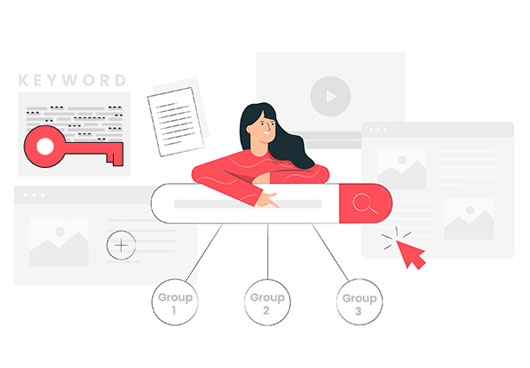



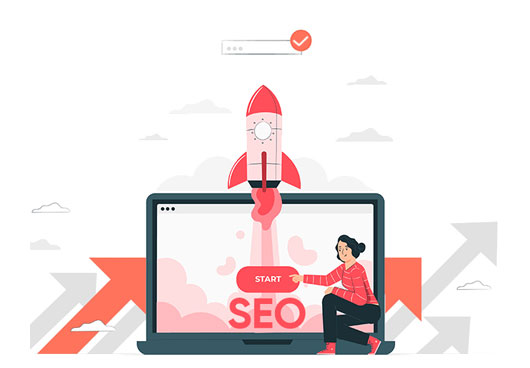
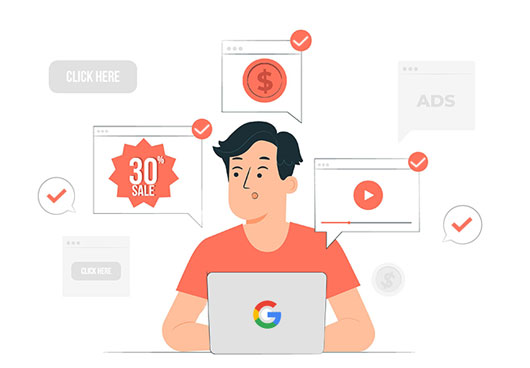
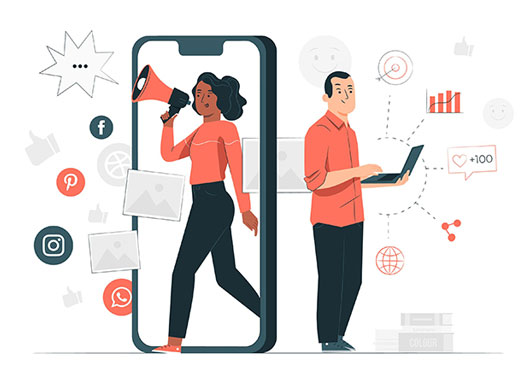
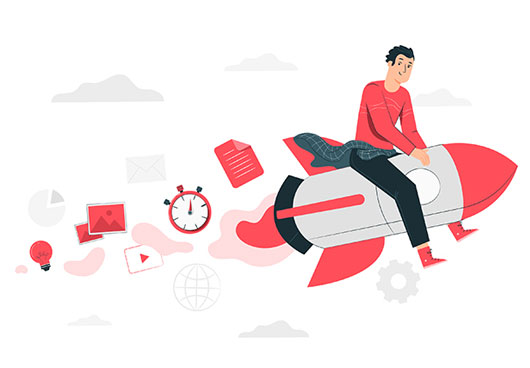



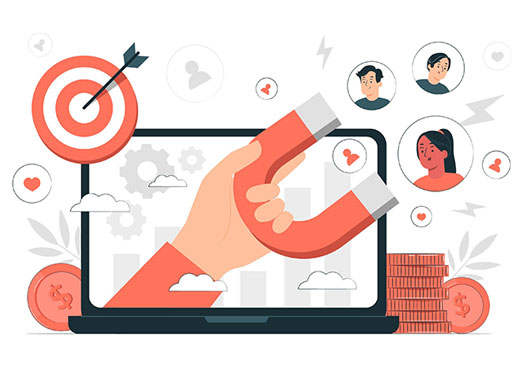
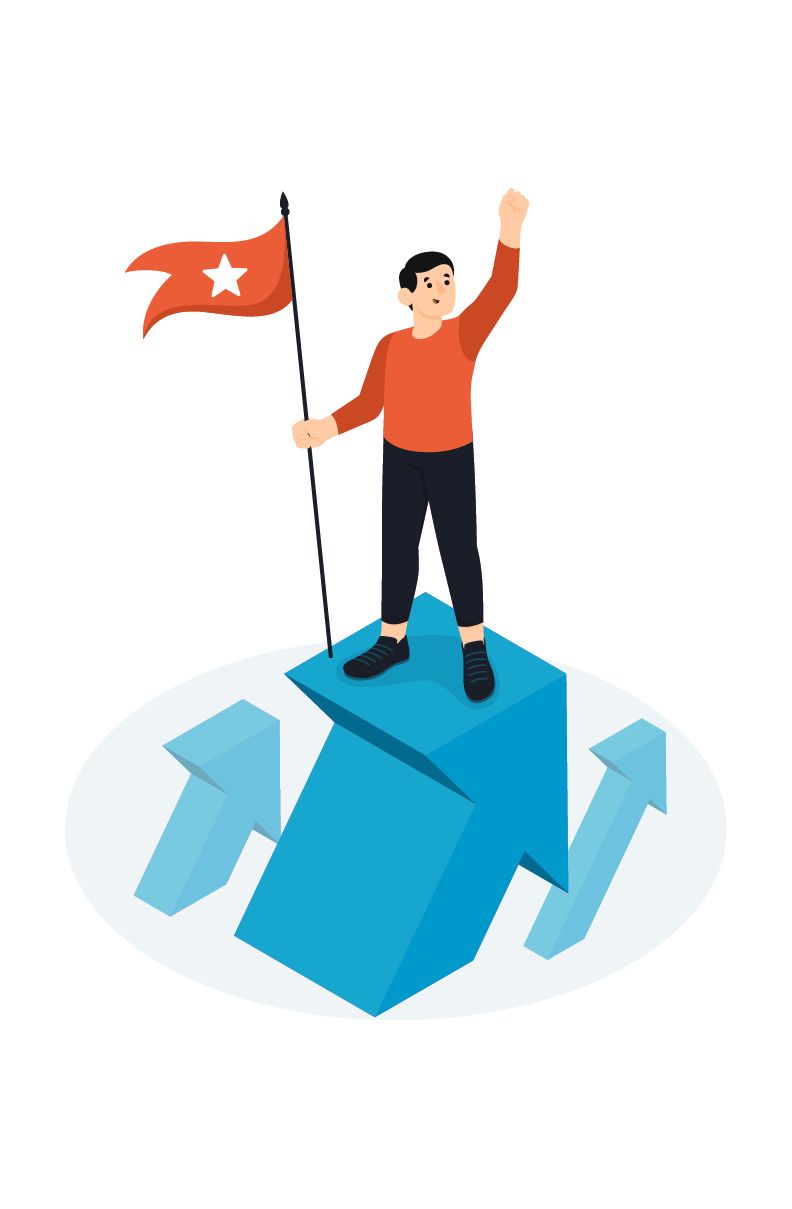
[…] Read: Smart Prospecting – Why Inbound Marketing is important for Business Owners […]
[…] does not matter whether the company is massive or small, but the brands that use inbound marketing are known to improve their profit margin and the overall growth by quite a distance than those who […]